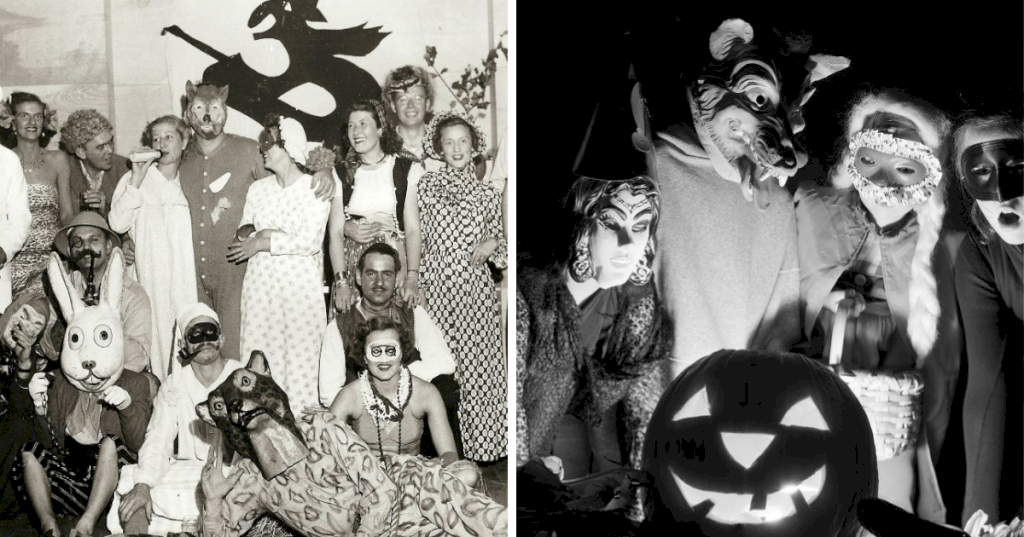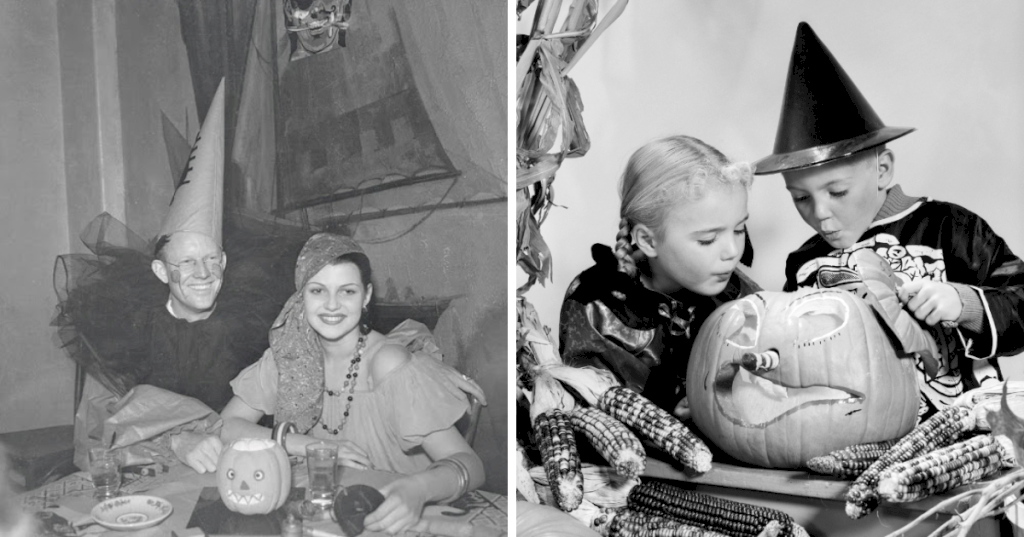New York City in the 1950s was a captivating time, characterized by tremendous social, cultural, and economic transformation.
The city witnessed a post-war boom, which propelled it into a period of unprecedented growth and prosperity.
The bustling streets of Manhattan became the epitome of American progress and ambition, as New York became the cultural capital of the world.
From the rise of jazz to the Beat Generation, from the birth of abstract expressionism to the heyday of Broadway, the 1950s marked a golden era for the city that never sleeps.
The Economic Boom and Urban Expansion
The 1950s witnessed a remarkable economic boom in New York City, fueled by the end of World War II and the subsequent growth of industries.
The city's population soared, with countless individuals seeking employment and a better life. The expanding middle class resulted in increased consumer spending, prompting the development of new businesses, shopping centers, and residential areas.
Skyscrapers, such as the Empire State Building and the Chrysler Building, stood tall as symbols of progress, dominating the iconic Manhattan skyline.
Cultural Renaissance: Arts and Entertainment
The 1950s were a vibrant period for arts and entertainment in New York City. The birth of abstract expressionism revolutionized the art world, with artists like Jackson Pollock and Willem de Kooning leading the way.
The Museum of Modern Art (MoMA) showcased groundbreaking exhibitions, establishing itself as a global hub for contemporary art.
Broadway experienced a renaissance, producing numerous critically acclaimed shows, including "West Side Story" and "The Sound of Music." The American Theater Wing's Tony Awards became a prestigious accolade for the performing arts.Jazz thrived in Harlem's nightclubs, with legendary figures like Miles Davis and Dizzy Gillespie captivating audiences.
Intellectual Movements: Beat Generation and Beyond
The Beat Generation emerged as a countercultural movement in the 1950s, centered around New York City.
Writers such as Jack Kerouac, Allen Ginsberg, and William S. Burroughs rejected traditional norms and sought creative expression through their literary works.
The influential Beat writers challenged societal conventions and explored themes of freedom, spirituality, and social critique.
Greenwich Village became a vibrant hub for bohemian culture and intellectual discussions.
Coffeehouses like the iconic Café Wha? and the Gaslight Café provided a space for artists, musicians, and poets to exchange ideas, fostering a sense of community and creative energy.
Civil Rights Movement and Social Change
The 1950s also witnessed significant strides in the civil rights movement, as African Americans fought against racial segregation and discrimination. New York City became a pivotal center for civil rights activism, with influential figures like Malcolm X and Dr. Martin Luther King Jr. making their mark on the city.
In 1955, Rosa Parks' refusal to give up her seat on a bus in Montgomery, Alabama, ignited a wave of protests and boycotts, including the legendary Montgomery Bus Boycott. These events galvanized civil rights activists in New York City, leading to the formation of organizations like the Congress of Racial Equality (CORE), which organized protests and fought for equality.
New York City in the 1950s was a dynamic and transformative period, leaving an indelible mark on the city's history. The economic prosperity, coupled with the cultural and intellectual movements of the time, transformed New York into a beacon of creativity and progress.The city's skyline, adorned with iconic skyscrapers, symbolized the ambition and vision of the era.
The arts flourished, with abstract expressionism dominating the art scene, Broadway captivating audiences, and jazz revolutionizing music.
The Beat Generation challenged societal norms, and civil rights activists fought for equality, making significant strides towards social change.
The legacy of the 1950s continues to shape the identity of New York City today. The cultural and artistic heritage, as well as the spirit of resilience and activism, are deeply ingrained in the city's fabric.
New York in the 1950s remains an inspiration, a testament to the power of creativity, and a reminder of the importance of social progress in shaping a better future.



